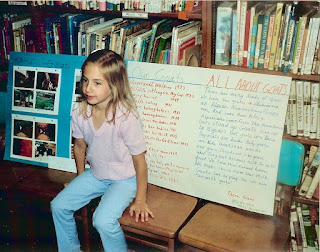Do you relate?
When standardized testing became mandatory, teachers were asked to teach a new way of thinking about math. Students needed to understand a problem, describe their thought processes, make a plan for solving the problem, find a solution, and prove that their solution was correct. A pretty high standard for any graduate student. It’s even harder when you are eight years old.
Most of us grew up learning “how” to get an answer not “why” we got it. Ask any first-grader what two plus three equals and he will confidently answer “five.” Ask how he got the answer and many will answer, “I just know it.” That was where many teachers were too. Drilling and practicing solving equations had left us with an automatic ability to solve problems that did not require reflection or proof.
Teachers, wonderful and brilliant people who always want their students to succeed, rose to the challenge and helped their students get a better understanding of math. With time and effort, students learned to critically examine a problem, plan for a solution, explain what they did and why they did it, and support their answers with proof gaining a better understanding of the “why’s" behind math.
Taking these procedures back to second grade means that now, instead of answering, “I just know,” the student’s thought process might go like this: “I understand that three and two are quantities which I can represent with objects. The plus sign means to combine quantities. I plan to combine (add) the two quantities. I make one pile of two and one pile of three and I put them together. When I count the combined group, I prove that two plus three equals five”
The processes of understanding, planning, and proving are somewhat overwhelming for young students (and their parents) but the outcome is worth the effort. Thinking through solutions helps students relate to other areas of problem-solving. As Ulrich Boser writes in his book, Learn Better, students begin to see “how [learning] all fits together… we don’t want to know just a single detail or procedure — we want to know how that detail or procedure interacts with other details and procedures. In short, we want to understand the underlying system” so that we can apply what we learn to other questions and solutions. Understanding how to add quantities helps students apply that understanding to other areas of math.
These processes can be adapted to any area of learning. Questioning, mapping, making connections, reflecting, comparing, and reviewing improve any kind of learning. Students learn a better way to learn. The process of learning and reflection leads to greater understanding. Understanding in one area leads to understanding in others.
Changing the way we think about learning is difficult; it is easy to rest on the “way we always did it.” Teachers and students know better. Hard work leads to better understanding. Better understanding leads to success. Success leads to more learning — from first grade to graduate school and beyond.
(For more information, read Learn Better: Mastering the Skills for Success in Life, Business, and School, or, How to Become an Expert in Just About Anything by Ulrich Boser.)

No comments:
Post a Comment